Source: Alaska Highway News
A new dig at the Tse’K’wa cave in Charlie Lake continues this month, with University of Northern B.C. students and community members from local First Nations already discovering flakes of stone tools through their field school.
It’s the first time in over 30 years that any archaeological research has been conducted at the historic site, picking up where Simon Fraser University professor and bone expert Dr. Jon Driver left off in the 1990s at the beginning of his career.
Driver says they’ve only scratched the surface of the cave’s scientific potential and was pleased to see the site in the hands of Doig River, Prophet River and West Moberly First Nations, who purchased it in 2012. Plans are underway to open a cultural centre to tell their ancestors’ story.
“What I find so great is that the site’s protected, the three nations got together, they bought the land, they now own the site that’s incredibly important for their history, and they control what goes on here,” he said. “And so this can be a centrepiece for talking about their traditional knowledge, their culture, their history, and passing that on not just for their communities, but also for the broader public.”
“You’ve got one of the most critically important scientific sites in Canada here, it’s incredible. I think that will sink in as the interpretative side of this develops,” said Driver.
He added that the anthropological relevance of the site extends beyond First Nations, with 12,000 years of human history to learn from.
“This is the only place in Canada, where you can start at the ice age and go up to the modern day, it’s a complete history of the animals that lived here and the people that lived, and their interactions,” said Driver.
Prophet River First Nations member Tamara St. Pierre took part in shovel tests said she felt like her ancestors were there, giving their blessing to the new dig.
“When we did the opening ceremony with a prayer and drumming, we saw an eagle fly by, I feel that was our ancestors giving us their blessing – they want us to find stuff here,” said St. Pierre, who works in land and water resource management.
Born and raised in Northern BC, third-year UNBC student Taylor Orton says the field school is the opportunity of a lifetime. She’s double majoring in anthropology and First Nations studies.
“I want to be an archaeologist, that’s my career goal. So as soon I heard about the field school opportunity, I was definitely onboard to do it,” she said. “It’s really cool to be able to work with a community member, and to get Tamara’s perspective on this. I’m not indigenous at all, so it’s really cool to be working with someone who’s so connected to the land.”
Driver also said that technology has improved drastically over the past 30 years, with DNA sequencing only in its infancy during the original dig, but has since become a standard practice. Bones of fish and other animals found at the cave are able to be sequenced on demand, offering new insights about the cave and the first peoples who lived there.
Read the rest of the article here.


